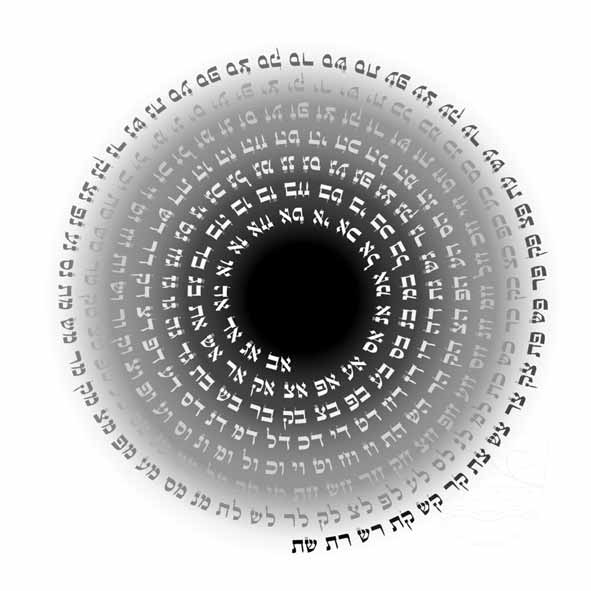Hermetic and Kabbala
Elias Rubenstein
Kabbala and Hermeticism rank among the mystic Western teachings, retaining profound wisdom by means of symbols and archetypes. The symbolism of Hermeticism and Kabbalah draws on traditional concepts in order to disclose an as yet unrecognized perspective of reality.
Since time immemorial, man strives to fathom the essence of God and creation. The term “Kabbala” derives from Hebrew and usually translates as “receiving”. The Kabbala exhibits an ancient tradition, which is handed down from mouth to ear and from generation to generation in secrecy. It approaches the fundamental questions of life and being. These include topics such as the origin of man, the meaning of life, the laws of creation and the relationship of man to his creator. Kabbala is often mistakenly referred to as the mystical doctrine of Judaism, however, this doctrine is not in the ownership of a material people.

The term “Hermeticism” stems from Greek mythology and refers to the messenger of the gods “Hermes”. Hermes is a symbol of the mediator between mind and matter. Kabbalah and Hermeticism depict an inner doctrine, a mystery path that is independent of exoteric religions and cults.
Archetypes and symbols play a significant role in Hermeticism and Kabbala. These symbols are able to allude a specific concept of reality by means of speech, writing or images. Likewise, these symbols represent a powerful methodology to convey the secrets of creation. Symbols of Hermeticism and Kabbala resemble a treasure map, which can lead the treasure hunter to immense richness.
The illustrations, abundant in symbols, of Hermetic and Kabbala address the primal concepts of life and allude the inner blueprint of creation. The intention of this illustrations, referring to the symbols of Hermeticism and Kabbala, is to open the viewer an unrecognized and “higher” perspective of reality and life by contemplation.